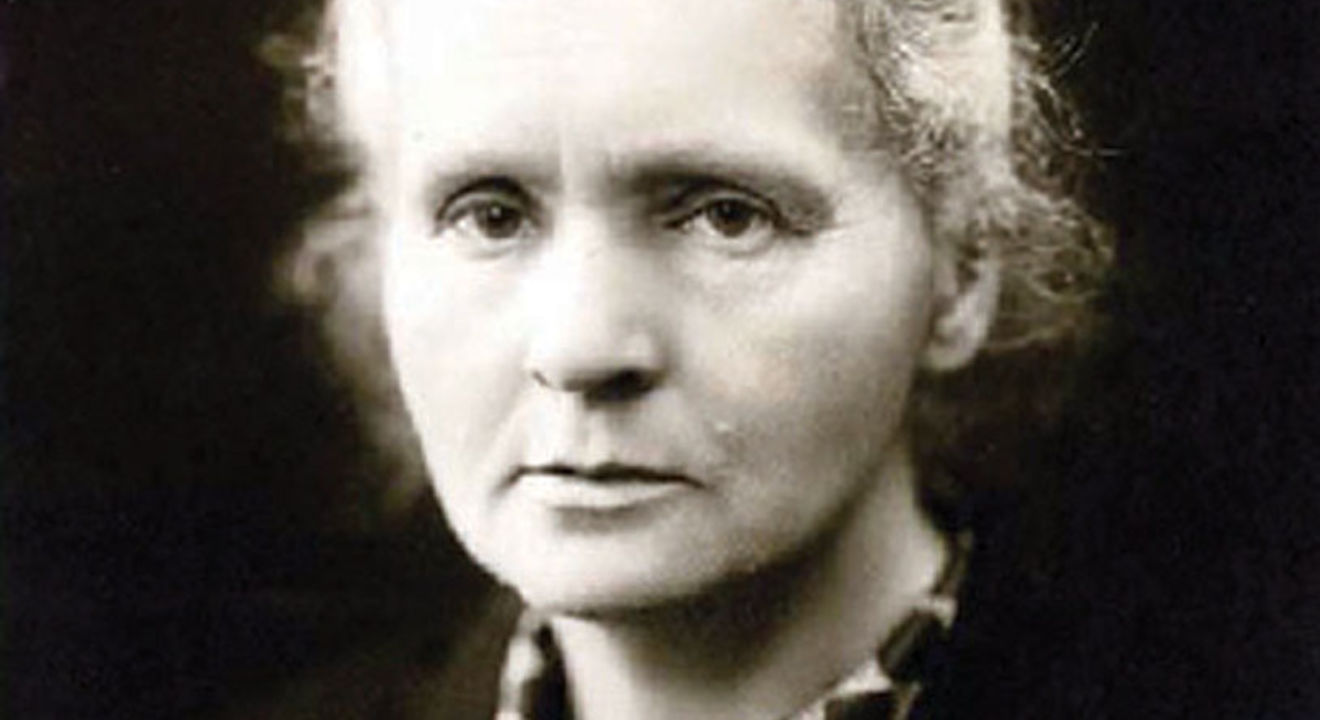February 15, 2017


In our ongoing series #WomenThatDid ENTITY profiles inspirational and famous women in history whose impact on our world can still be felt today. If you have a suggestion for a historical powerhouse you would like to see featured tweet us with the hashtag #WomenThatDid.
Name: Marie Curie
Lifetime: November 7, 1867 – July 4, 1934
What She’s Known For: Marie Curie was a Polish born, French-naturalized physicist and chemist. She conducted pioneering research on radioactivity, a term that she coined.
Why We Love Her: Curie was the first woman to receive a Nobel Prize, the first person and only woman to win twice, and the only person to win twice in multiple sciences. Curie began her research with her future husband Pierre Curie. She initially rejected his marriage proposal because she wanted to work in Poland, and didn’t think he would want to leave Paris. But when she travelled to Krakow to seek a position at the university, she was denied because she was a woman. Curie returned to Paris, continued working with Pierre, and eventually married. Despite their groundbreaking work, Curie was never given a proper laboratory, instead working out of an old shed. While trying to understand radioactivity in uranium, she discovered two new elements, polonium, named after her native Poland, and radium, Latin for “ray.” Curie knew the importance of publishing soon after a discovery was made, but was beaten to the finish line by two months. Over the next several years, Curie continued to make important findings, discovering that when exposed to radium, diseased tumor cells were destroyed faster than healthy cells, an early precursor of radiation therapy for cancer patients. She gained international recognition for her work, but was adamant about giving back to the community that helped her, refusing awards and giving prize money to scientific research institutions. Albert Einstein said that she was the only person who would not be corrupted by fame. During World War I, Curie developed x-ray vehicles that helped treat more than one million wounded soldiers. Not realizing the effects radiation had on people, Curie died from over-exposure to radiation.
Fun Fact: Curie’s work notes are so dangerous that they are locked up in lead containers to protect against radiation poisoning. If someone needs to consult her notes, they must wear protective clothing and gear.